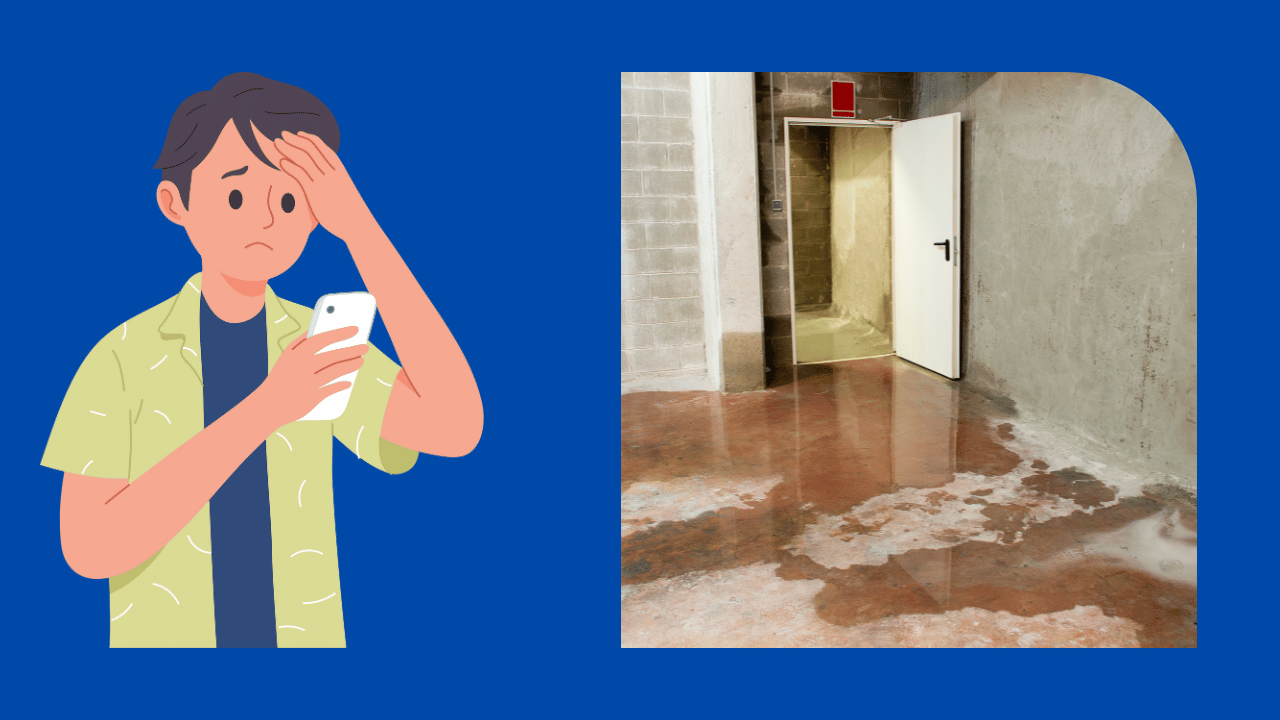Water, essential for life, can also be a relentless adversary when it infiltrates our living spaces. Water damage can worsen if left untreated, leading to structural deterioration, mold growth, and escalating repair costs. Comprehending the progression of water damage is crucial for taking timely action to mitigate its effects. But Does Water Damage Get Worse Over Time? We will answer the intricate journey of water damage, its stages, and the outcomes of neglecting its progression.
The Insidious Journey of Water Damage
Water damage is not static; it evolves as water infiltrates and interacts with materials, yielding destructive effects. The speed and severity of this progression rely on factors such as water intrusion source, exposure extent, material composition, and environmental conditions.
Stages of Water Damage Progression
- Initial Stage:
At the outset, materials absorb water, ushering to swelling, warping, and softening. This stage is characterized by visible signs of water exposure, such as discoloration, stains, and buckling of surfaces like wood or laminate flooring.
- Intermediate Stage:
As water continues to penetrate, the damage intensifies. Drywall may begin to disintegrate, paint may peel, and the affected area becomes more susceptible to mold growth. Musty odors may become apparent, signaling the presence of hidden moisture.
- Advanced Stage:
Without intervention, water damage progresses to the advanced stage. Materials deteriorate further, with wood rotting, plaster disintegrating, and structural components weakening. Mold colonies flourish, spreading rapidly and releasing spores into the air.
- Critical Stage:
The acute stage is marked by extensive structural damage and rampant mold growth. This stage poses serious health risks to occupants due to mold spores and compromised indoor air quality. Ceilings may sag, and structural integrity is severely compromised.
- Irreversible Stage:
Without timely remediation, water damage reaches an irreversible stage. Materials become unsalvageable, leading to the need for extensive reconstruction. Extensive financial costs and prolonged disruption characterize this stage.
Consequences of Neglecting Water Damage Progression
- Structural Deterioration:
Water’s relentless infiltration weakens structural components, leading to warping, rotting, and compromised load-bearing capacity. In the advanced stages, floors may sink, walls may crack, and ceilings may collapse.
- Mold Growth:
Moisture is a catalyst for mold growth. Ignoring water damage progression allows mold to flourish, posing health risks to occupants. Mold spores can trigger allergies, respiratory issues, and other health problems.
- Health Risks:
As mold proliferates, indoor air quality diminishes. Occupants may experience coughing, sneezing, headaches, and respiratory distress. Prolonged exposure to mold spores can exacerbate existing health conditions.
- Escalating Repair Costs:
The longer water damage is left unaddressed, the more extensive the repairs become. What might have initially required minor repairs can escalate into major reconstruction, ushering in significantly higher costs.
- Insurance Implications:
Delaying mitigation and restoration efforts can lead to challenges with insurance claims. Insurers may argue that neglect exacerbated the damage, affecting the coverage and reimbursement you receive.
Timely Action as the Key to Mitigation
Understanding that water damage worsens over time underscores the urgency of swift action. By addressing water intrusion as soon as it’s detected, you can stem or minimize its progression and mitigate the associated risks.
Effective Mitigation Steps
- Identify the Source:
Identify and address the source of water intrusion. Whether it’s a burst pipe, a leaking roof, or a malfunctioning appliance, addressing the root cause is paramount.
- Extract Standing Water:
Remove standing water promptly using pumps or wet/dry vacuums. The longer water lingers, the higher the risk of extensive damage.
- Drying and Dehumidification:
Thoroughly dry affected areas using dehumidifiers, fans, and specialized drying equipment. This prevents further absorption of moisture by materials.
- Remove Damaged Materials:
Dispose of irreparably damaged materials to prevent mold growth. This includes drywall, insulation, and saturated belongings.
- Mold Remediation:
If mold growth is detected, engage in mold remediation to eradicate the colonies and prevent further spread. This often involves specialized cleaning techniques and containment measures.
- Restoration:
Once the affected area is dry and mold-free, restoration can begin. This may involve replacing damaged materials, repainting, and reconstructing structural elements if necessary.
Prevention as the Best Strategy
The best defense against the progression of water damage is prevention. Regular maintenance, routine inspections, and addressing minor leaks instantly can thwart water damage before it gains momentum.
The journey of water damage is a relentless progression from initial exposure to irreversible deterioration. Understanding its stages and consequences emphasizes the imperative of swift action. By addressing water damage at its earliest signs, you can halt its progression, mitigate risks, and prevent extensive damage to your property and well-being. Remember, time is not your ally in water damage – it’s the essence of effective mitigation. Contacting top-notch water damage restoration services in Portland would be a good idea when in trouble.

